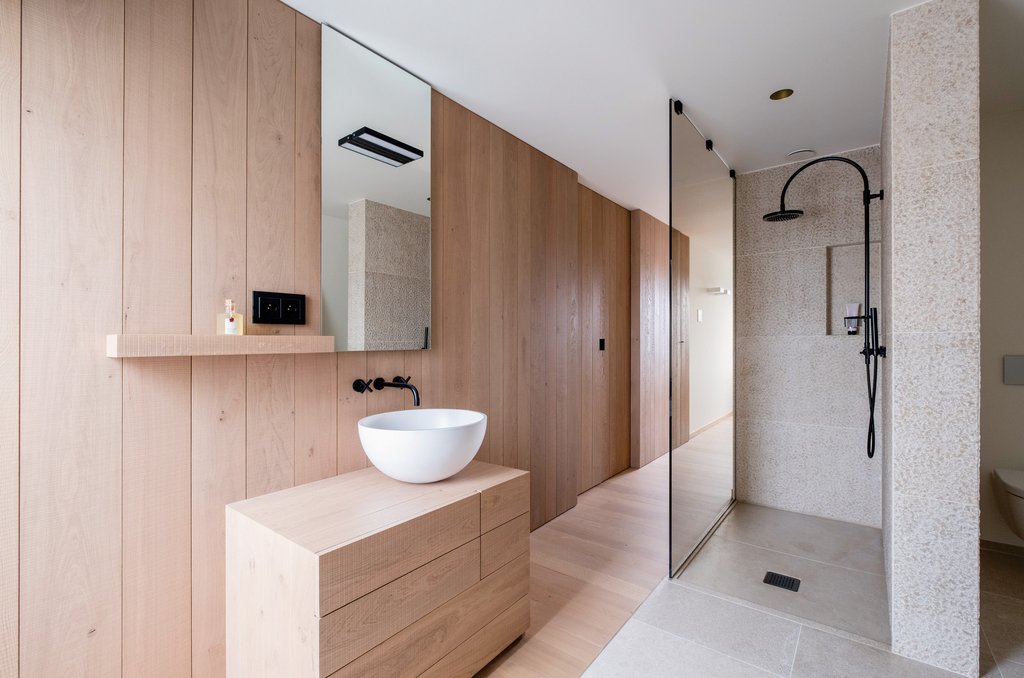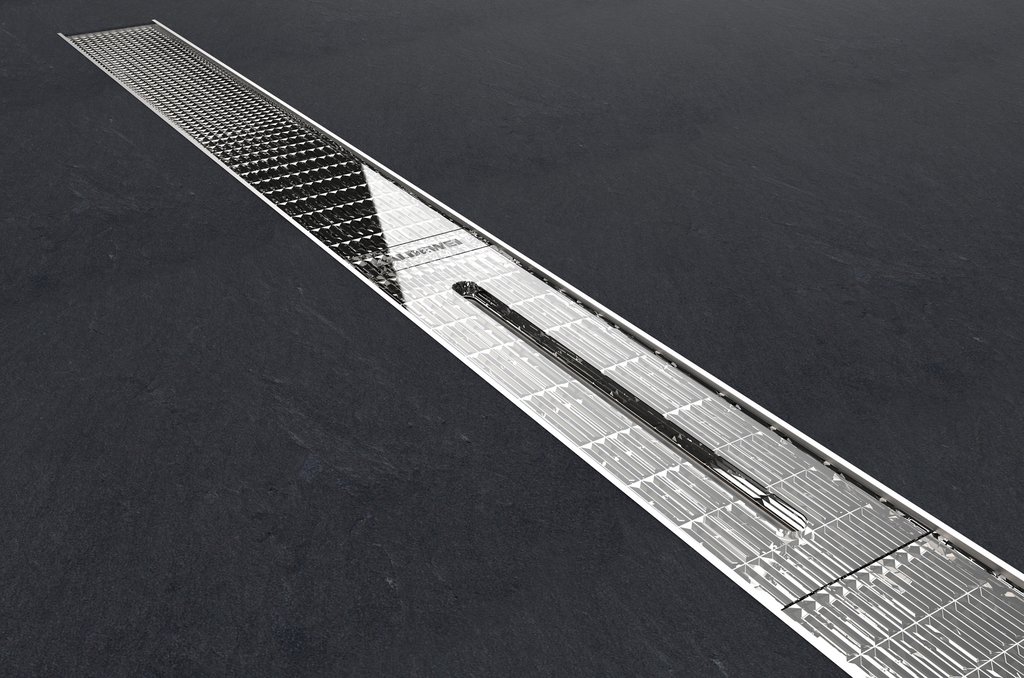NOA has analysed the layout of apartments in major international cities including Berlin, Hamburg, Cologne and Munich, as well as Singapore, Barcelona, Toronto, Milan and a number of others. Which trends have you identified of relevance to the areas of architecture and the home?
Urban living is gaining in importance. The reasons for this include the wide range of cultural, leisure and catering offers as well as care options for children and, not least, an enhanced infrastructure: shopping, journey to work and medical care provision.
This means that in the conurbation areas the demand for living space and the number of households are rising. Living space is therefore becoming scarce and expensive.
Consequentially, the size of homes is shrinking but, at the same time, the demands homes are expected to meet are increasing. The solution to this problem is to use living space intelligently by way of making its structure more efficient. Traditional room functions are dying out with living areas growing together: the living room, dining room and kitchen are turning into social activity areas while the bedroom and bathroom are becoming private areas of withdrawal and recuperation.
Which role does the bathroom play in the home? What has changed as compared with former times?
The bathroom is now part of the private space, the personal withdrawal area. As a result other requirements have to be met: the bathroom is no longer just a mere “wet cell” serving bodily hygiene purposes. It is now part of the living space in which one wishes to feel well. This can only be offered via new functionality as well as enhanced comfort and convenience in the individual areas of use (washstand, bathtub, shower, WC). And naturally by way of design-related and technical means via new product concepts, forms and materials.
Can you explain this new functionality in the individual bathroom areas in greater detail?
In former times, the functional areas merely served the purpose of cleaning. Today the washstand has become a beauty place at which one gets oneself ready, for example for a visit to a concert. One spends more time there and needs not only water and soap but also shelves and storage space for the ever increasing number of care products.
The shower assumes the function of (re)vitalising the user, for example via the various spray types such as rain, cascade, massage, etc.. As far as the bathtub is concerned, here it is a matter of leisure. It facilitates recuperation and relaxation but at the same time is also an expression of luxury (whirl, music, light) and is therefore popularly located in a central position like a television armchair.
Which types of bathroom are there? How do they differ from one another?
We distinguish between three types of bathroom: the master bathroom, the guest bathroom and the guest WC. Each bathroom has to meet different requirements.
The master bathroom is the main bathroom – the large bathroom – that is characterised by an optimum level of comfort, convenience and performance. Two washbasins, a bathtub AND a shower, plenty of storage space as well as high-quality features and concealed fittings. This bathroom is often in the vicinity or even part of the bedroom.
The guest bathroom is at the same time the small standard bathroom in many older apartments. Here there is either a shower OR a bathtub as well as a washstand and of course a WC. It has standard equipment such as surface-mounted fittings and only a hand spray no head spray.
The guest WC is the visiting card of the house and is equipped with a washstand and a WC. It is part of the social space that visitors get to see and use. It is therefore often impressively equipped with a generous washstand console and, special mixers (electronic) or with individual accessories and materials.
You work for various manufacturers in the bathrooms sector including the classic brand Hansa. What is the consequence of the trends you identify for the design of mixers?
Progress should not be allowed to disturb the ritual. This means that a mixer is not a smart phone. What counts is meeting a person’s basic needs in the bathroom. As far as a mixer fitting is concerned, this means providing the user with water processed in a specific form as quickly and simply as possible. Only then is it a matter of the means in which this basic function is implemented and - integrating the trends - redefined, in functional/technological terms as well as aesthetically.
Are there country-specific differences in the area of bathroom design?
There are significant cultural differences! People in Asian countries, for example, have a completely different way of caring for themselves: first of all they shower themselves outside the bathtub before getting into the bathtub in a clean state. As such, it has happened that Asians have caused flooding in European hotels because they showered on the floor (without any drain) before getting into the bathtub.
In France, by contrast, there is a so-called "sur gorge" fitting, a type of washstand mixer with an integrated hand spray outlet that is fitted to the rim of the bath. In England there are in some cases separate washstand fittings for hot and cold water with the water being mixed in the basin to the right temperature! Or what about the pressure balance shower mixer in the USA in the case of which one can only control the quantity and temperature together (the more water you use, the warmer it is).
Nevertheless, most basic functions are the same with different country-specific options being used to implement them.
Further information:
www.noa.de
www.hansa.com






